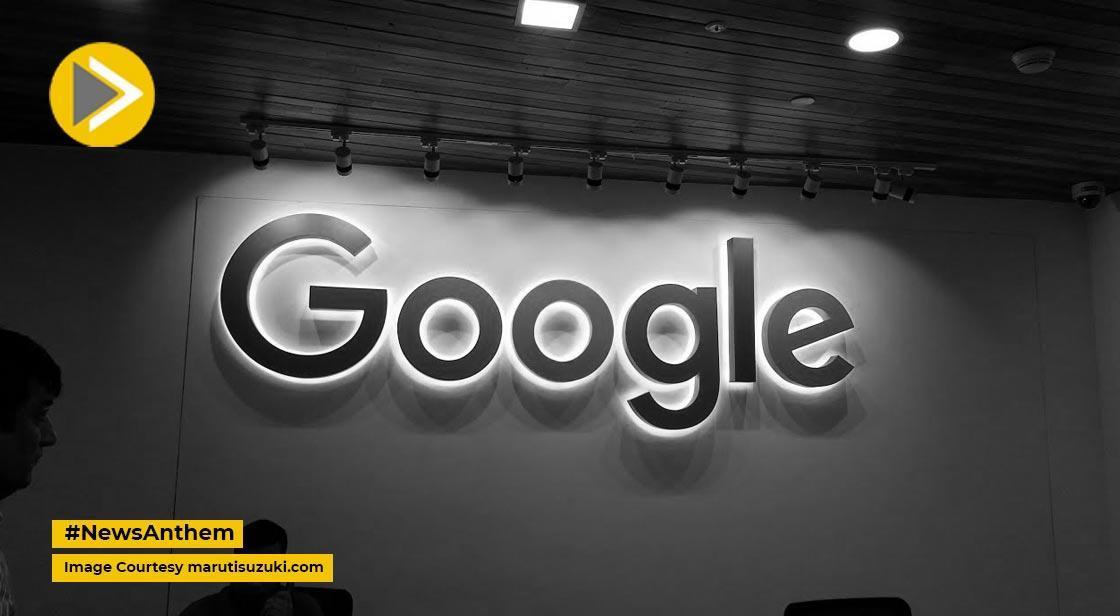Google’s data center power consumption doubles in four years amid AI surge

News Synopsis
As Google accelerates its drive to dominate the AI and cloud computing sectors, it is increasingly grappling with a major hurdle — soaring energy demands. The company’s data centers have seen electricity use more than double in four years, posing difficulties for its carbon-free energy commitments.
According to Google’s latest sustainability report, released in late June, its data centers consumed 30.8 million megawatt-hours of electricity in 2024. That marks a significant jump from 14.4 million megawatt-hours in 2020, the first year Google began reporting this data. Estimates using historical ratios suggest that usage in 2014 stood at just over 4 million megawatt-hours, reflecting a sevenfold increase over the past decade.
Data Centers Dominate Google's Energy Use
In 2024, 95.8% of Google’s total electricity consumption was attributed to its data centers—a figure that has remained steady for the last four years. This highlights how central AI and cloud workloads have become in defining the company’s energy profile.
Efficiency Gains Flatten as Demand Grows
While Google is known for leading in data center efficiency through cutting-edge cooling and hardware optimization, the gains appear to be plateauing. The Power Usage Effectiveness (PUE) metric in 2024 stood at 1.09, a slight improvement from 1.10 in 2023, and just 0.02 better than a decade ago.
"It appears that the company has harvested most of the low-hanging fruit."
Google Turns to Renewable and Advanced Energy Solutions
With efficiency improvements slowing, the focus has shifted to sourcing clean power. Google is investing in a wide array of carbon-free energy projects to meet rising energy needs without abandoning its climate goals.
In May 2024, the company secured 600 megawatts of solar capacity in South Carolina, following a 700-megawatt deal in Oklahoma earlier that year. Through partnerships with Intersect Power and TPG Rise Climate, Google is contributing to gigawatts of carbon-free infrastructure, with investments totaling $20 billion.
Beyond Solar and Wind: Embracing Dispatchable Clean Energy
Although solar and wind remain core components, Google acknowledges their intermittency and geographic limitations. As a result, it is exploring more stable energy sources like geothermal and nuclear power.
Geothermal Energy:
Google is collaborating with Fervo Energy to tap into enhanced geothermal systems, capable of providing reliable, weather-independent electricity.
Nuclear and Fusion Energy:
-
In 2024, Google announced plans to acquire 200 megawatts of electricity from Commonwealth Fusion Systems' Arc fusion facility, which is slated to become operational in the early 2030s.
-
Additionally, the company has committed to procuring 500 megawatts from Kairos Power, a firm focused on developing modular nuclear fission reactors.
"However, both nuclear deals remain firmly in the future, with commercial delivery at least five years away."
Until then, renewables, supported by battery storage, will remain the backbone of Google's carbon-free energy efforts.
Carbon-Free Energy Still Not 24/7 Across All Regions
Despite its massive investments, Google hasn't yet achieved round-the-clock carbon-free power globally. In 2024, only 66% of its hourly data center energy use was matched with clean electricity.
-
Latin America led with 92% hourly matching,
-
While Middle East and Africa trailed at just 5%.
Conclusion: The Race to Power the Future Responsibly
As Google's AI and cloud services continue to expand, so does its need for electricity — a need that has doubled in just four years. With traditional efficiency measures offering limited returns, the company is aggressively investing in clean energy technologies to uphold its environmental commitments.
From large-scale solar deployments to pioneering nuclear and geothermal projects, Google is laying the groundwork for a sustainable, AI-driven future. But significant gaps remain. Achieving 24/7 carbon-free power globally — especially in regions with limited access to clean energy — is a challenge that still looms large.
Until advanced solutions like fusion and modular nuclear become commercially viable, solar, wind, and storage systems will carry the burden. Google’s path forward underscores the dual challenge of technological progress and climate responsibility — building tomorrow’s AI infrastructure without burning today’s planet.
You May Like









